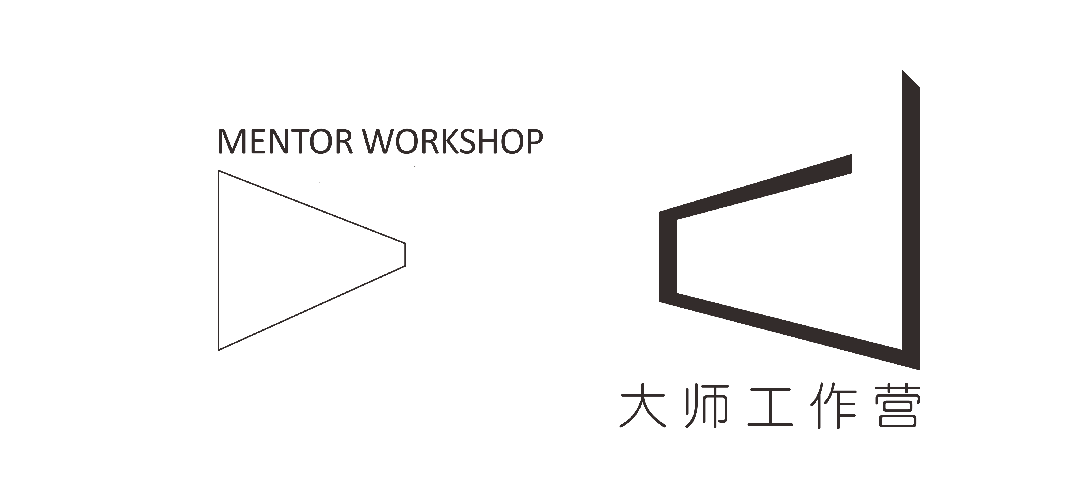Archstudio designs Beijing compound house 建筑设计室设计北京综合住宅
2019-09-02 10:58
A renovated complex in Beijing’s Qianliang Hutong is the latest offering by Chinese architecture practice Archstudio. Photography: Wang Ning
Located in one of Beijing’s famous hutong neighbourhoods, this new multiuse boutique complex by Chinese architecture practice Archstudio is a contemporary reimagining of a traditional Siheyuan compound – a Chinese building typology of the Beijing region, where a series of smaller structures with a sloped roof are arranged around a central courtyard, turning their back to the street. This type of arrangement applied to many different uses – from government buildings to residential and mixed-use complexes, like this one.
位于北京著名的胡同街区之一的这座由中国建筑实践建筑工作室建造的新的多用途精品建筑群,是对传统四合院的现代改造。四合院是北京地区的一种中国建筑类型,在那里,一系列带有倾斜屋顶的小型建筑被布置在一个中央庭院周围,把它们转向街道。这种安排适用于许多不同的用途,从政府大楼到住宅和混合用途的综合体,就像这样。
Set within the Chinese capital’s Qianliang Hutong in the Dongcheng District, this particular project however tells a slightly different story than the most typical Siheyuan compounds. Its original structure, composed of two main parts – a couple of brick structures at the front, and a larger U shaped one at the back, in between outside areas – did not feature the traditional sloped roofs. Flat roofs were found instead, which the architects embraced, adding staircases to make them accessible and turning them into a real feature in their composition – a real rarity in central Beijing.
然而,在东城区的中国首都北京前梁胡同里,这个特殊的项目与最典型的四河源化合物有一个稍有不同的故事。它的原始结构由两个主要部分组成:前部的一对砖结构,在后部的一个较大的U形结构,在外侧区域之间,并不构成传统的倾斜屋顶。取而代之的是,人们发现了平坦的屋顶,建筑师们欣然接受,增加楼梯使他们能够接近,并将它们变成他们的组成中的一个真正的特征,这是北京中部的一个非常罕见的地方。
The team then focused on transforming the interior, which was originally divided into several small, narrow and dark rooms, opening them up and completely reconfiguring the internal arrangement to create bright, generous rooms, fit for 21st century use. Adding glass walls and four different courtyards, embellished by planting and water features, enhanced this connection with the outdoors, creating a sense of space inside and out.
然后,团队专注于改造内部,最初分为几个小的、狭窄的和黑暗的房间,打开它们,并完全重新配置内部安排,以创造明亮、慷慨的房间,适合 21 世纪使用。 增加玻璃墙和四个不同的庭院,通过种植和水景装饰,增强了这种与户外的联系,创造了一种内外的空间感。
The material palette is simple and chosen to reflect the surroundings, comprising bricks, grey tiles and cement. Details, such as reusing old bricks from demolished buildings in the area and forming seats for resting through folds in the walls, hint at the care and attention to detail from Archstudio’s part.
材质选项板简单,可反映环境,包括砖、灰瓦和水泥。细节,如从该区域的拆除建筑物中重新使用旧砖块,并形成用于通过墙壁上的褶皱进行休息的座椅,从ArchStudio的零件中详细提示并注意细节。
‘The rebuilt building will be rented for multiple purposes such as working, friends gathering, and dwelling, so the greatest challenge for this transformation project was how to present a more dynamic space with a variety of functions through appropriate demolition and renovation based on site conditions,’ say the architects. §
这些建筑师说:“重建后的建筑将被出租用于多种用途,比如工作、朋友聚会和住宅。因此,这个改造项目面临的最大挑战是如何通过根据场地条件进行适当的拆除和翻新,提供一个更具活力的空间,提供各种功能。”§
 举报
举报
别默默的看了,快登录帮我评论一下吧!:)
注册
登录
更多评论
相关文章
-

描边风设计中,最容易犯的8种问题分析
2018年走过了四分之一,LOGO设计趋势也清晰了LOGO设计
-

描边风设计中,最容易犯的8种问题分析
2018年走过了四分之一,LOGO设计趋势也清晰了LOGO设计
-

描边风设计中,最容易犯的8种问题分析
2018年走过了四分之一,LOGO设计趋势也清晰了LOGO设计











































